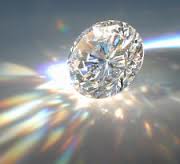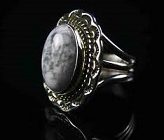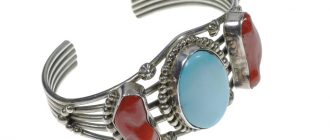Russian lab diamonds offer an exquisite jewelry collection that comes with a lifetime guarantee against fading, discoloration, or clouding. Read our guide for more facts and information about lab diamonds from Russia…
Russia is celebrated for its inventive technology and it happens to be the pioneer in producing lab diamonds. Usually Russian diamond, also known as Russian brilliant, refers to a well-known diamond stimulant called Cubic Zirconia.
The origin of Russian Lab Diamond
Back in the 1940s and 1950s, at the beginning of the cold war, there was a requirement for diamonds without western dependence as they were vital for military and industrial manufacturing and an interruption in the supply would make a crucial impact on the manufacturing ability of Russia. Therefore, Cubic Zirconia was initially produced for industrial purposes in the manufacture of laser equipment. Within a short span of time, its application in jewelry making was perceived, and in the 1970s and 1980s, a new technology led to the use of microwaves for melting the mineral that formed Cubic Zirconia. Thus, the large scale production commenced.
The chemical process involved in making Cubic Zirconia
Cubic Zirconia is referred to as Russian white diamond, as the material required to create it was initially refined in Russia. It is obtained by melting yttrium with natural zirconium oxide in the laboratory. The resultant substance is Russian lab diamond, which shows the maximum ranking on the color scale of diamonds, and is flawless as well as crystal clear. It is an amazing fact that they can be made in many colors. It is heavier than natural diamonds which allows it to be easily recognized. It creates colors resembling a prism and has a higher degree of shine compared to real diamonds.
The qualitative aspect of Russian lab diamond
As Russia made efforts to discover natural diamond resources alongside implementing its industrial grade production, both led to success. High pressure High Temperature or HPHT was the technology behind synthetic diamonds. The Chemical Vapor Deposition or CVD diamonds produced in the United States results in much cheaper diamonds compared to HPHT diamonds, owing the technology to Russia.
Over the last fifty years, these lab diamonds have sparkled as exquisite jewelry, and have been virtually indistinguishable from original diamonds in spite of costing a lot cheaper. Mounted on precious metals of excelling quality, they can be purchased with confidence. Though, it takes millions of years for real diamonds to be formed under the earth, lab diamonds are created in just a few days. It is indeed astonishing that diamond jewelry such as wedding rings and earrings became incredibly cheaper for an average buyer.
Socially conscious people find lab diamonds advantageous as they eliminate deceptive prices, forced child labor and several such disturbing facts associated with extraction of real diamonds.





